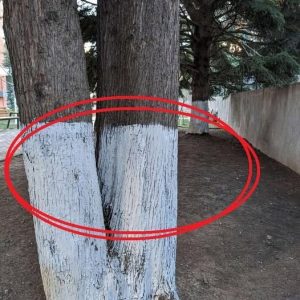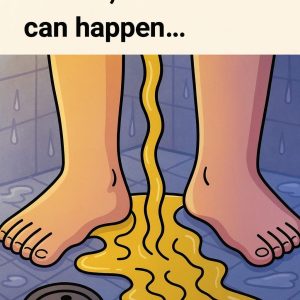Have you ever woken up and noticed tiny curled shavings on your bedsheets, desk, or even your wrist after removing your smartwatch? At first glance, these odd little bits might remind you of miniature Velcro hooks. And if you don’t actually use Velcro anywhere near your bed or desk, it can be a real head-scratcher—where could they have possibly come from?These mysterious curls can seem totally random, but the truth behind them is surprisingly common and linked to something most of us wear every single day: our smartwatch or fitness tracker bands. If your watch strap is made of silicone or rubber, odds are you’ve seen these tiny shavings at some point. While they might catch you off guard, they’re not as unusual as they appear. These little hook-like pieces are actually fragments that have broken off from your band over time.The constant friction from daily wear, combined with skin contact, moisture, and movement, gradually wears down the material, causing it to shed in the form of tiny curls that look almost identical to Velcro hooks. Imagine a well-traveled road—over time, with enough cars passing through, even the most solid pavement starts to break down. That’s pretty much what’s happening here.Several factors speed up this shedding process. First off, daily wear and tear plays a big role. When you’re frequently twisting your wrist, adjusting your watch, or taking it on and off, you put stress on the strap material. That repetitive motion can slowly cause the silicone or rubber to break down. Next comes sweat and natural body oils. When you wear your watch during workouts or throughout a warm day, moisture accumulates under the band, and your skin’s natural oils can interact with the strap’s material.Over time, that combination accelerates the breakdown process and leads to peeling or flaking.
Another major contributor is friction—specifically from resting your wrist on desks while typing or rubbing your band against long sleeves or tight cuffs. Those constant micro-abrasions wear away at the band’s surface and lead to the development of those little Velcro-like curls. And of course, not all bands are made with the same quality. If you’re using a lower-end or older band made from cheap silicone or rubber, you’re much more likely to notice wear early on.In contrast, premium materials like fluoroelastomer can hold up much better under daily use and tend to resist shedding for much longer.
If you’re starting to worry about these little shavings, take a breath—there’s nothing harmful about them. They don’t mean your device is damaged or dangerous.
In most cases, they’re just a harmless sign that your band has seen better days. However, if you’re seeing excessive flaking, cracks, or signs of irritation on your skin, it’s a good idea to swap the strap out.
In fact, these tiny shavings could be your watch’s subtle way of saying, “Hey, it’s time for an upgrade.” So how can you prevent this mystery from repeating itself in the future? A few smart habits can help extend the life of your strap. First, keep your band clean. Wash it regularly with mild soap and water to remove sweat, dirt, and oils that cause deterioration.
Second, rotate between different bands instead of wearing the same one every day. Giving your straps a break allows them to last longer. Also, minimize unnecessary friction. If your watch constantly rubs against your desk, armrest, or tight sleeves, that contact can speed up the breakdown. Consider loosening your sleeve or shifting your wrist position while working.
Finally, when it’s time to replace your band, invest in a higher-quality option made from more durable materials. A little extra money upfront could save you the trouble of replacing it frequently. At the end of the day, these little Velcro-like shavings might seem strange, but they’re just a natural byproduct of using your smartwatch regularly.
If you start noticing them more often, it’s probably time to check your strap for wear and tear. Replacing it when needed keeps your watch looking fresh, your wrist comfortable, and the mystery of the mystery shavings solved before it even begins.




